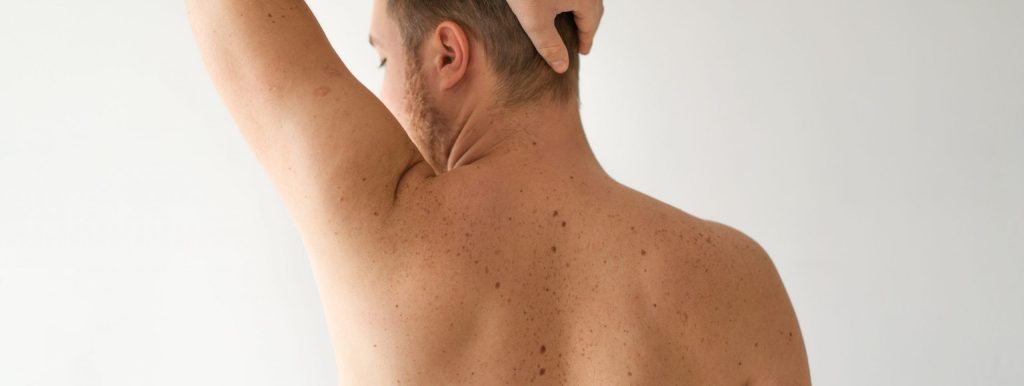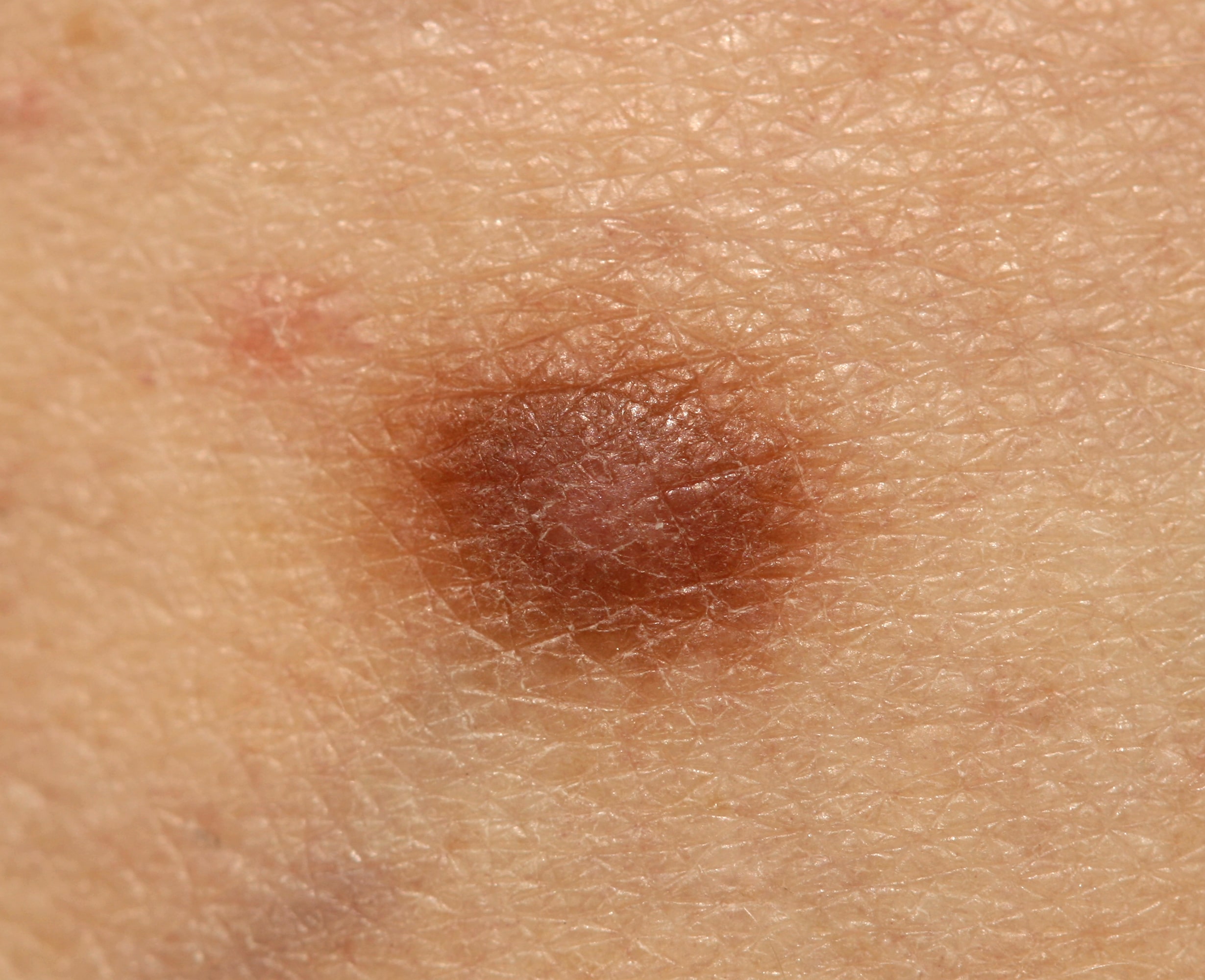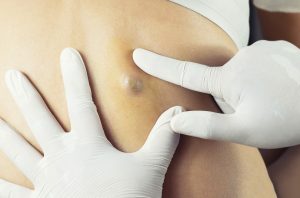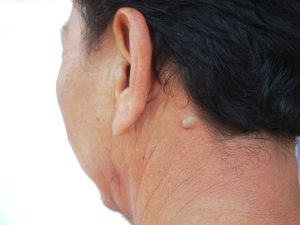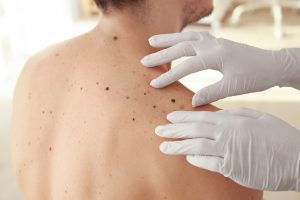What is a Dermatofibroma?
A dermatofibroma is a harmless overgrowth of fibrous tissue, occurring in the deeper layer of the skin.
What do Dermatofibromas look like?
They often range in colour from pink to brown and are usually less than 1cm. They feel like rubbery small buttons and if pinched or squeezed, they often form a dimple. They can look like other types of skin lesions, like moles.
What are the symptoms of Dermatofibromas?
Normally they do not cause any symptoms. If they are knocked or get caught they can itch or be painful.
What causes Dermatofibromas?
The cause of Dermatofibromas is not entirely clear, but it is thought they sometimes can happen as a result of a reaction to minor trauma, such as insect bites, prick form a thorn or an ingrown hair.
They are more common in young to middle aged adults and are often found on the legs. They are more frequently found in women than men.
Are Dermatofibromas hereditary?
Dermatofibromas are not thought to be hereditary, though some people are more likely to develop them than others.
Am I likely to develop more than one Dermatofibroma?
Most people will only develop one dermatofibroma. Some people can develop many Dermatofibromas over a short time and though this is rare, it might be due to an underlying medical condition. If you are unsure, do seek medical advice.
How are Dermatofibromas diagnosed?
They are normally diagnosed clinically by examining them. Your doctor may also look at them more closely with a dermatoscope, which is a handheld instrument which is like a magnifying glass with a light.
What are the treatment options for Dermatofibromas?
Dermatofibromas can disappear without any treatment. They often don’t need treating, especially if they are not causing any problems. If there is any uncertainty about the diagnosis or they are causing problems e.g. they are painful, they can be removed surgically.
Is your Dermatofibroma removal near me?
We serve patients from Berkshire, Buckinghamshire, Oxfordshire, London and are within easy reach of:
Ascot – Beaconsfield – Bracknell – Bray – Cookham – Henley – Maidenhead – Marlow – Reading – Sonning – Slough -Stoke Poges – Sunningdale – Wentworth – Windsor


